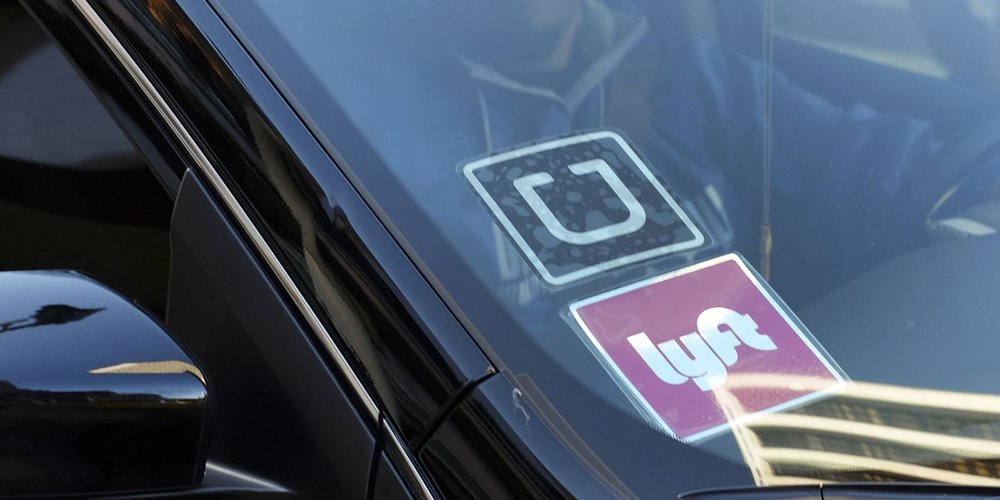A shocking analysis by a recent MIT research showed that Uber and Lyft drivers bring home half the profits of minimum wage jobs and some even end up losing money after paying taxes, insurance, and other maintenance costs.
Labor Standards in the Gig Economy
The gig economy suffered a serious blow last week after it was revealed that Uber and Lyft drivers end up with a meagre profit of $8.55 per hour – and that too before paying taxes. The recent report by Massachusetts Institute of Technology raised some serious concerns about the labor standards after it claimed that Uber and Lyft are barely paying their drivers half the minimum wages.

According to the report, some of the ride share workers even end up making losses after meeting all the maintenance costs
MIT researchers surveyed more than 1,100 drivers working for popular ride sharing companies and analyzed the vehicle cost data for the paper which was published by MIT’s Energy and Environmental Policy Center. In the first version of the research, the authors claimed that ride-sharing drivers make no more than $3.37 profit per hour but the analysis was quickly amended after Uber fired back with intense criticism.
Revisions Made to the Original Paper
After the revisions made to the first draft, a final analysis by the researchers reported that the median profit for ride share workers per hour totaled to $8.55. After other costs such as ride maintenance and repair, fuel and insurance were taken into consideration, the author concluded that more than half of the drivers make less than the minimum wage while 8 per cent actually end up losing money from the gig.

Uber and Lyft only pay their workers for the services they provide to the customers, but apart from the basic fare, very little support or protection is provided to the drivers who must pay for other maintenance cost with their own hard-earned money
Uber and Lyft have faced intense scrutiny in the past due to the way they treat the drivers who are considered ‘independent contractors’ with no entitlement to any benefits or protections. Now, the new study has raised fresh concerns over the labor standards in the booming gig economy, and whether the freelancing trend is a better option than working a 9-5 job after all.
Stephen Zoepf, the co-author of the research, said that the current model of the ride-sharing economy is highly unsustainable, not only for the traditional companies which are losing money every day, but also for the ride share workers who are providing their services for extremely low wages.
Zoepf explained that most drivers aren’t truly aware of how much money they are losing over depreciation, maintenance, and repair costs.
The Real Cost of Working for Ride-Sharing Companies
Following the initial draft of the paper which was first reported by The Guardian, CEO of Uber made a statement saying that the reports were ‘deeply flawed’ and there was absolutely no way that the drivers were earning such low numbers. Following the criticism, Zoepf issued an apology saying that the points made by the CEO of Uber were valid and the research should have been more clear in answering key questions regarding the labor standards in the ride-sharing economy.
The research was quickly amended to include two additional methods of finding the median wages, but both of them arrived to the same conclusion: Uber and Lyft drivers earn less than the current minimum wage in the U.S.

Many other surveys have also participated in the debate and found higher earning figures for the ride-sharing drivers because there can be numerous metrics for calculating costs and reporting income on the job
Zoepf promised to conduct a more precise review of the paper in the weeks to come. Other academics who showed skepticism towards the results of the first draft of the research say that the new figures in Zoepf’s latest analysis make more sense.
Low earnings seem to be the most common complain among ride-share workers which accounts for the high turnover rate in the industry. Uber itself has failed to take vehicle depreciation and maintenance costs into consideration until it opened its own auto-leasing company which was quickly shut down due to the losses it was making per vehicle.










